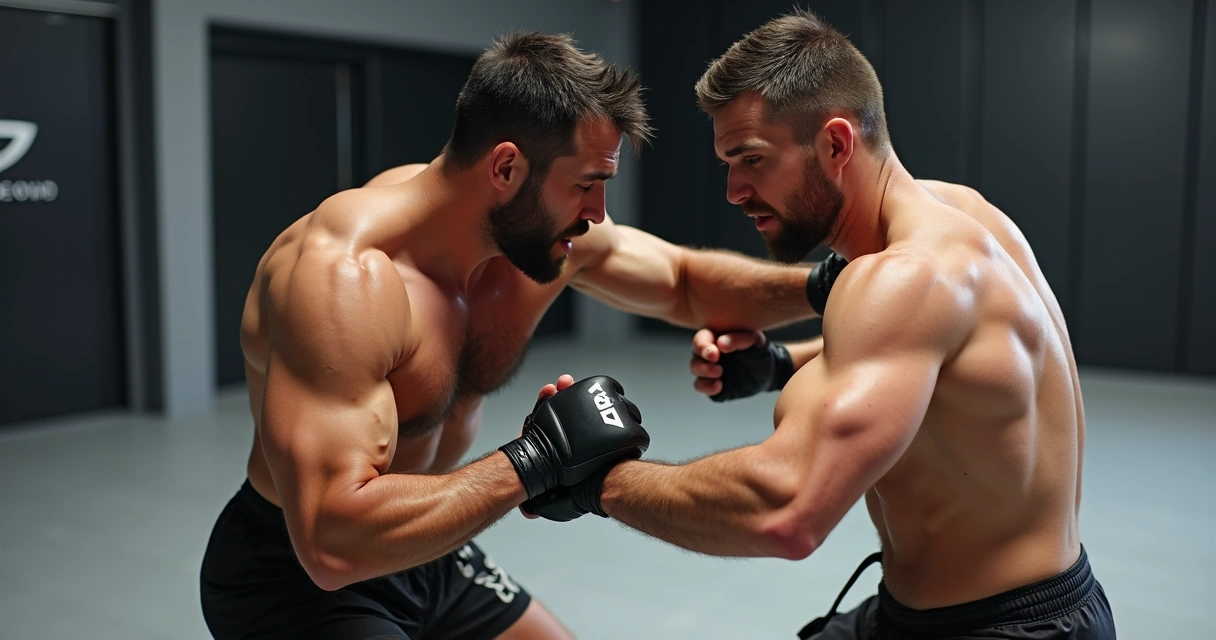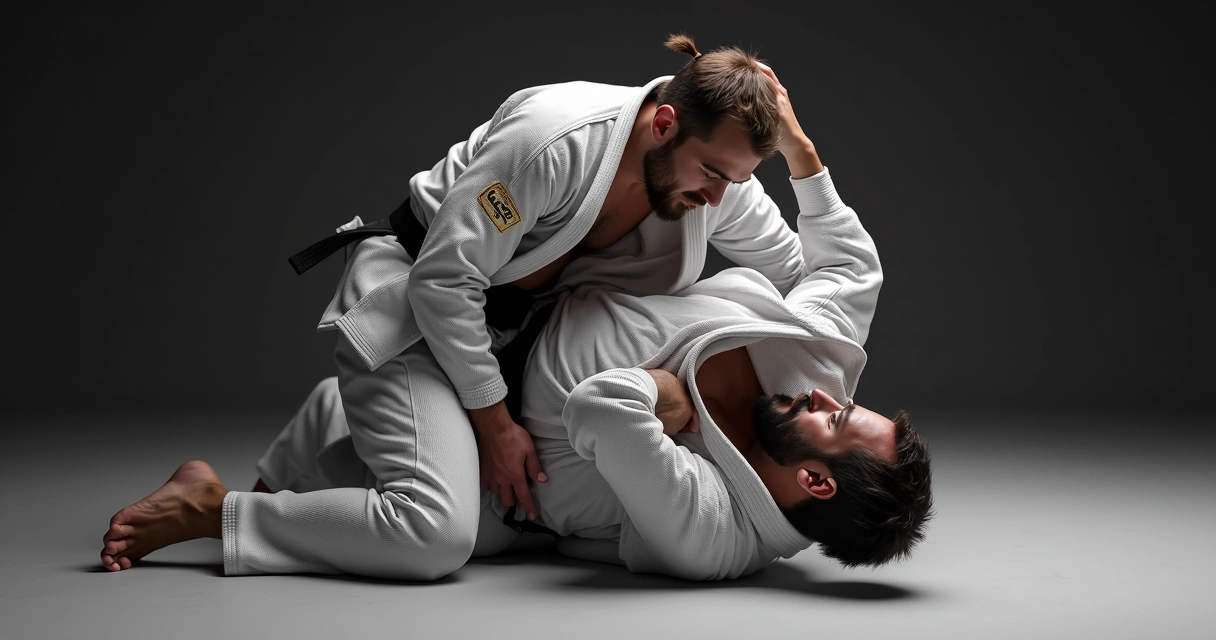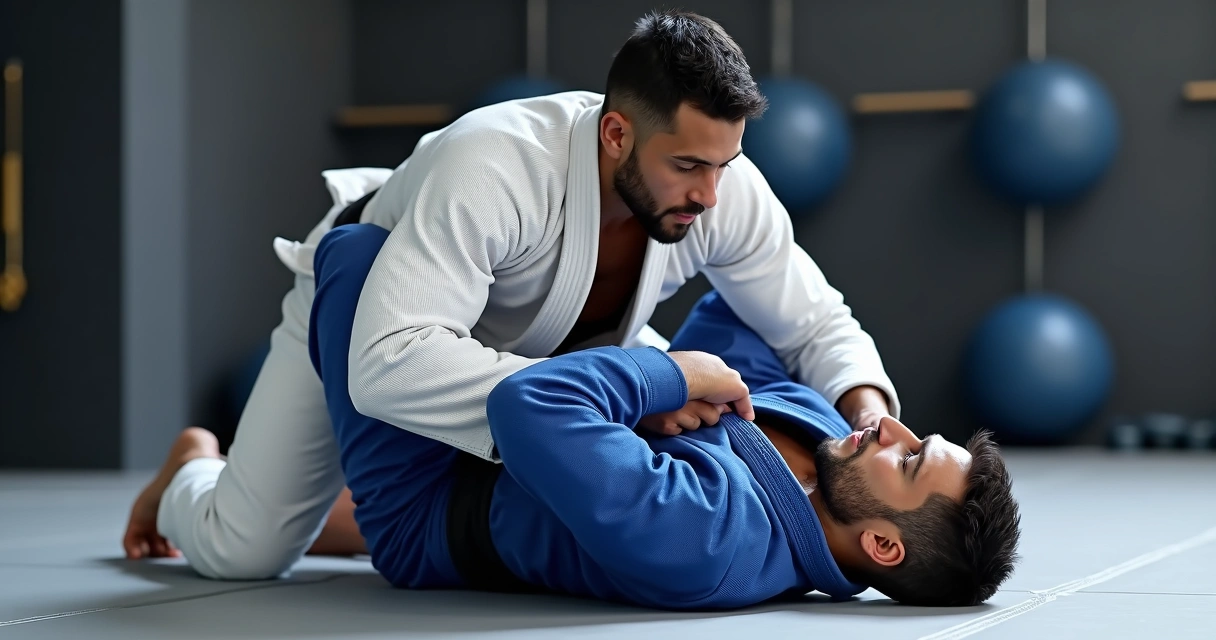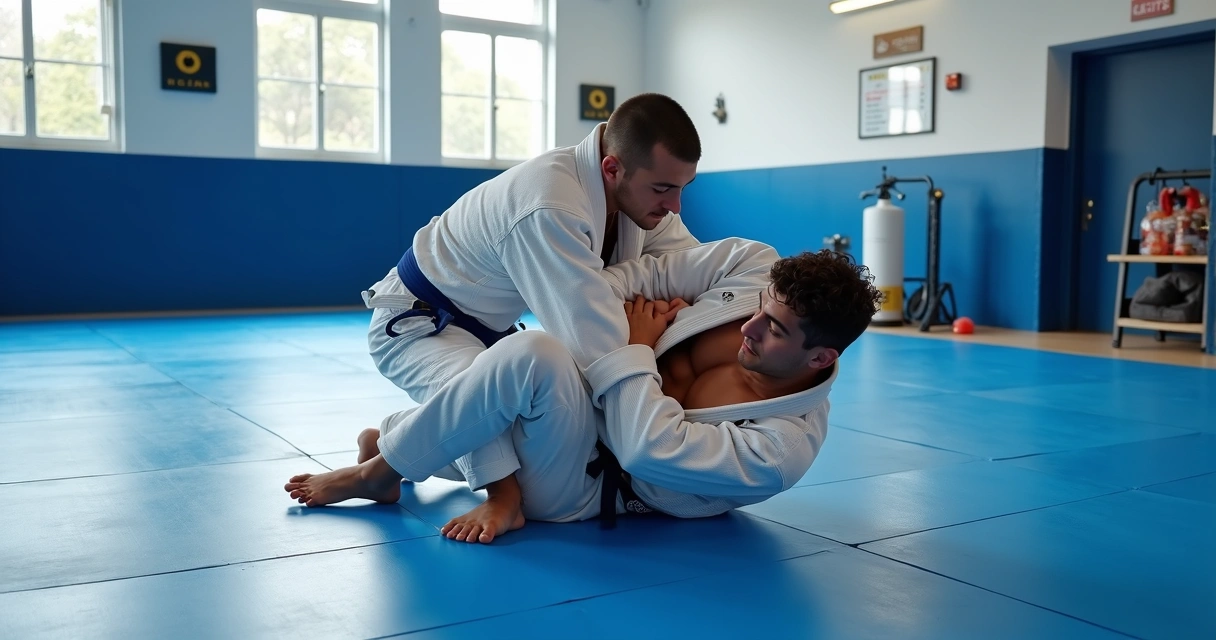There's something thrilling about stepping onto the mats for a Brazilian Jiu-Jitsu class without the traditional kimono. No thick collars to grip, no sleeves to hold, and somehow, everything feels a little faster. This is no-gi grappling—a form of BJJ that strips away the uniform, challenging practitioners to refine their movement, adapt to new grips, and rethink their entire game plan. Whether you’re a seasoned competitor making the switch or a newcomer, understanding the key differences and techniques for no-gi will help you navigate the next roll with confidence.
What exactly is no-gi BJJ?
No-gi Brazilian Jiu-Jitsu is simply BJJ practiced without the standard Gi (kimono). Instead of thick cotton uniforms, athletes wear stretchy shorts or spats and rashguards. These slick materials remove traditional grip options, changing how positions are fought for and retained. At first, it’s a minor detail. But soon, the implications become apparent: speed increases, techniques shift, and matches flow differently.
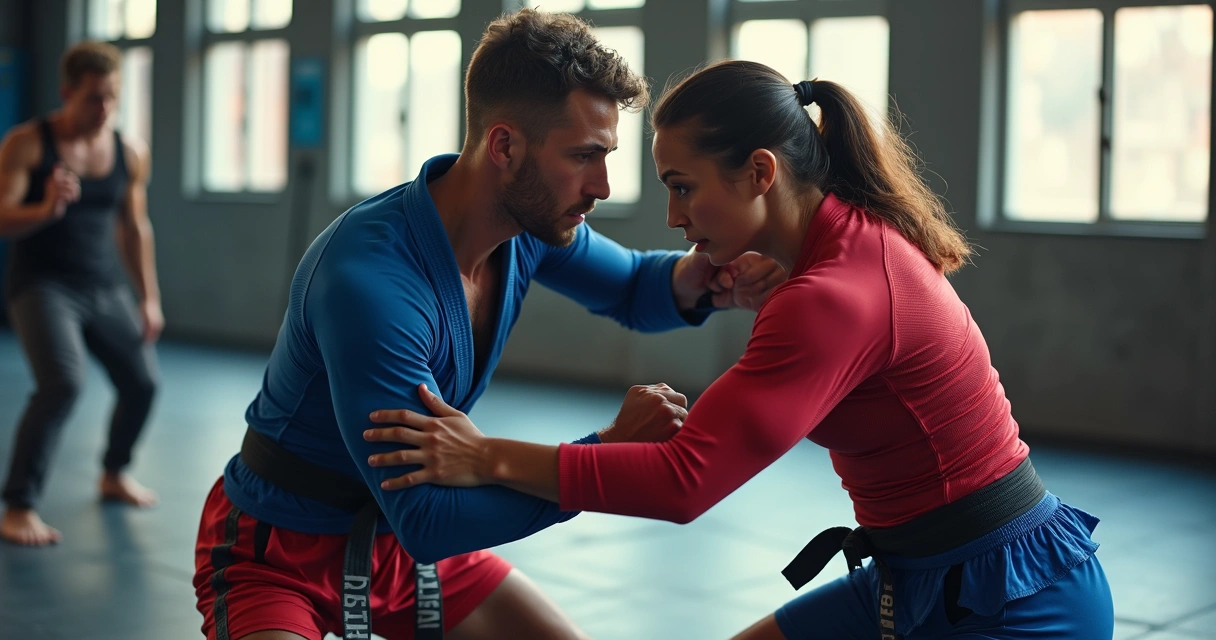
What really sets no-gi apart?
Let’s get specific. There are several areas where no-gi diverges sharply from traditional BJJ:
- Attire: Ditching the Gi means no lapel, sleeve, or pant grips. Training uniforms are lighter, tight-fitting, and hard to hold onto.
- Grips: In no-gi, you grip the body directly—wrists, ankles, neck, shoulders, and hips. This forces new solutions for control.
- Strategy: With fabric grips gone, control is fleeting—positions must be more secure, transitions are swifter, escapes more explosive.
- Pace: Rolls are noticeably faster. Without cloth to slow things down, scrambles and reversals peak.
For current BJJ practitioners who log their training in tools like BJJ Notes, these contrasts become obvious over time. Some even use such platforms to mark the shifts in technique options they experience from session to session.
Mastering the gripless game
The absence of the kimono shapes no-gi at every level. Instead of anchoring yourself with strong gripping, you develop a reliance on:
- Underhooks and Overhooks: These arms control inside position and stop opponents from spinning away.
- Wrist and ankle ties: Often, your grip is just around a wrist or ankle—these points matter for breaking posture and moving to submissions.
- Body locks and head control: Instead of collars, controlling the head (such as chin straps) and locking around the torso shape the offense.
“No cloth, no slow. Things happen fast.”
Think for a second: when you can't hang onto a sleeve, how do you hold mount or keep guard? You must dig in hooks, use your own limbs to block movement, and reposition frequently. This is why some BJJ practitioners record extra notes about grip transitions and failures in their training journals, such as those provided by BJJ Notes.
Position over submission—still the rule?
It’s an old saying: “position before submission.” In no-gi, this holds true, but with a twist. Because you have less static control, submission attempts often arise in transition. Picture the scramble after someone tries to stand up—you’ll witness guillotines, leg locks, and back takes emerging as people move.
- Mount and back control: Staying attached is a skill. Use your toes as hooks and tighten your seatbelt grip on the back, because there’s no lapel to hold.
- Side control: Without the ability to grab the far collar, cross faces and underhooks gain more value—weight distribution is everything.
You may find that the “rules” of classic BJJ apply in spirit, but the method feels different in practice.
Hand fighting and clinch work—it’s everywhere
Hand fighting isn’t flashy, but in no-gi, it underpins most offense and defense. With limited grip friction, winning the inside space and breaking frames becomes a mini-battle, feeding into sweeps and guard passes. Clinch skills from wrestling migrate straight into no-gi grappling, where upper body ties and head position set up takedowns or defend them.
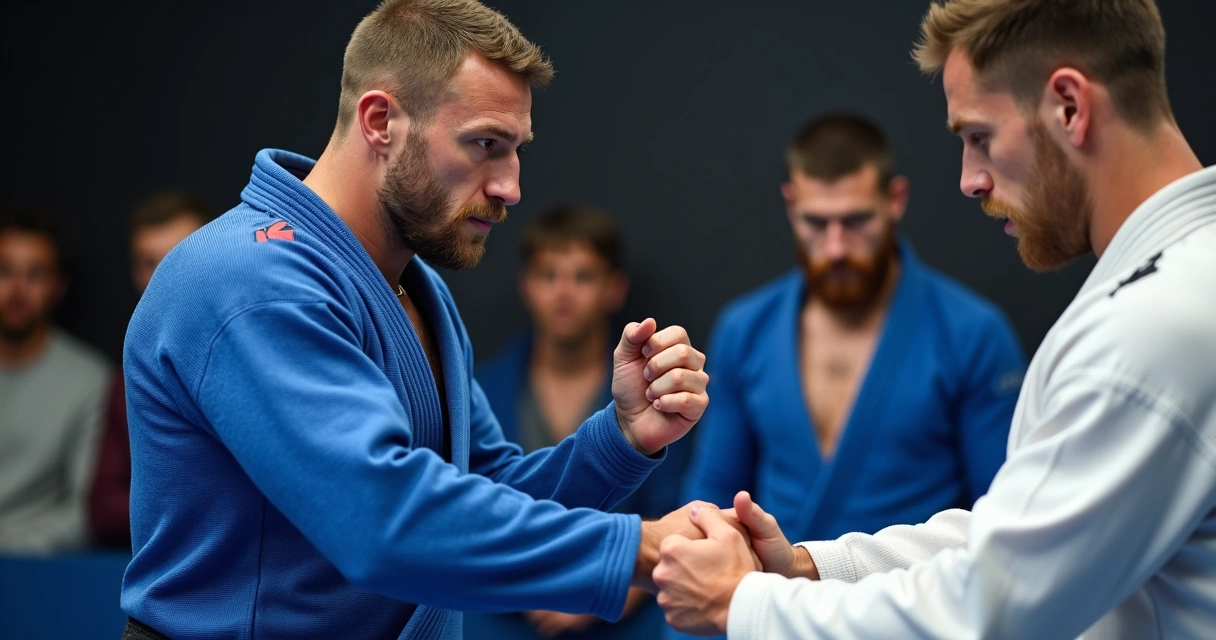
Technical adjustments for no-gi control
To compensate for lost grips, here are some adjustments you’ll notice with more time on the mats:
- More frames, less pulling: Instead of yanking, use your forearms, knees, and hips as barriers to maintain space or distance.
- Leg entanglement: Seated guards and half guards become less about manipulating sleeves and more about leg position. Expect more leglocks, especially heel hooks and straight ankle locks.
- Speed and timing: Without the gi, transitions must be sharper. Escapes are easier, so control must be anticipated and pressure consistent.
Comparison: no-gi vs gi techniques
- Takedowns: Wrestling-style takedowns (single legs, double legs, body locks) shine in no-gi, while gripping the belt or collar is impossible.
- Guard retention: Sitting guards (like the butterfly and X-guard) must rely on hooks, underhooks, and wrist control, not sleeves or pants.
- Submissions: While chokes from the lapel or collar disappear, guillotines, rear-naked chokes, and leglocks abound.
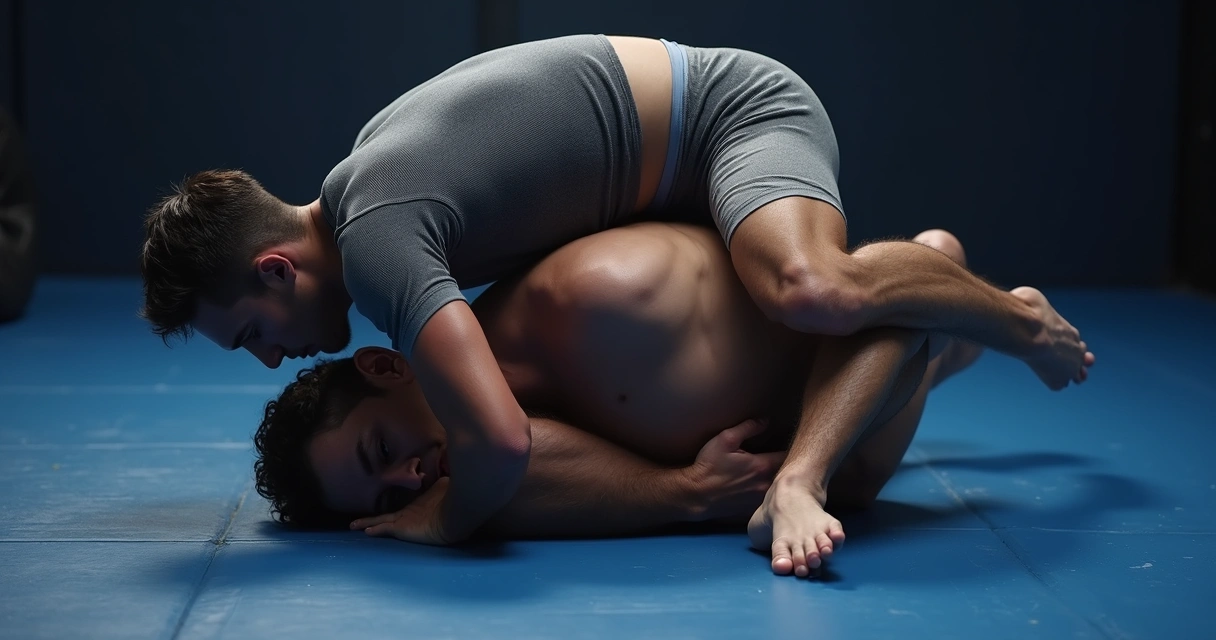
Competition rules and scenarios—what changes?
Rules for no-gi BJJ competition usually permit heel hooks and reaping in advanced divisions, which aren’t always legal in gi tournaments. As a result, leg attacks become a major component. Transitions from one attack to another occur at higher speed since breaks are briefer. If you watch a no-gi match, you’ll often see:
- Immediate scrambles after failed takedowns or guard passes, with neither athlete able to slow down the fight.
- Frequent leg entanglement attempts, as it’s simpler to slide into ashi garami or saddle positions on slick, fabric-free limbs.
- Shorter submission setups, with surprise guillotines and rear naked chokes materializing quickly after positional changes.
These fast breaks and dynamic attacks mean that training partners benefit from careful note-taking after tough rolls—a feature that apps like BJJ Notes make seamless.
Physical and conditioning demands
No-gi grappling demands a slightly different athletic profile compared to gi-focused BJJ. Since control is harder to maintain, a blend of explosive power, flexibility, and grip endurance becomes valuable:
- Explosive movement: Needed for wrestling-style takedowns, fast guard recoveries, and sudden submissions.
- Hand and grip strength: Even if you can’t grab fabric, maintaining wrist, ankle, and neck holds is vital. As seen in studies highlighting handgrip strength in BJJ athletes, advanced practitioners develop this through repetition.
- Lower body power: Key for shooting, sprawling, and breaking grips. Wrestlers often adapt fast to no-gi BJJ due to this factor.
- Cardio and endurance: The pace is unrelenting—interval-style circuit training mimics real matches well.
Interestingly, findings from a pilot study on body composition, strength, and power in male BJJ athletes reveal that long-term training in BJJ—gi or no-gi—yields superior strength and athleticism compared to novices, emphasizing the value of persistent, consistent mat time.
Injury patterns and prevention
No-gi and gi BJJ share many of the same risks, but the faster pace in no-gi sometimes increases the likelihood of strains, scrapes, and joint injuries. According to a cross-sectional survey of injury patterns in BJJ, 77.6% of injuries occurred during sparring, with takedowns and submissions (like the ever-dangerous arm bar) being the main culprits. Another study on BJJ competition injuries points out that orthopedic injuries are most common, with the elbow, knee, and shoulder at the highest risk—especially where fast submissions and scrambles are common.
Safety tips include:
- Warm up thoroughly to protect joints and ligaments.
- Communicate clearly with training partners when sparring at higher speeds.
- Tap early to submissions, especially leg locks and armbars.
- Keep your nails short to avoid skin abrasions, since there’s less fabric as protection.
Nobody likes missing time on the mats due to an avoidable injury. Tracking sparring sessions, noting recurring positions (especially during hard rolls), or marking injury patterns in BJJ Notes has helped many spot risky habits before they become problems.
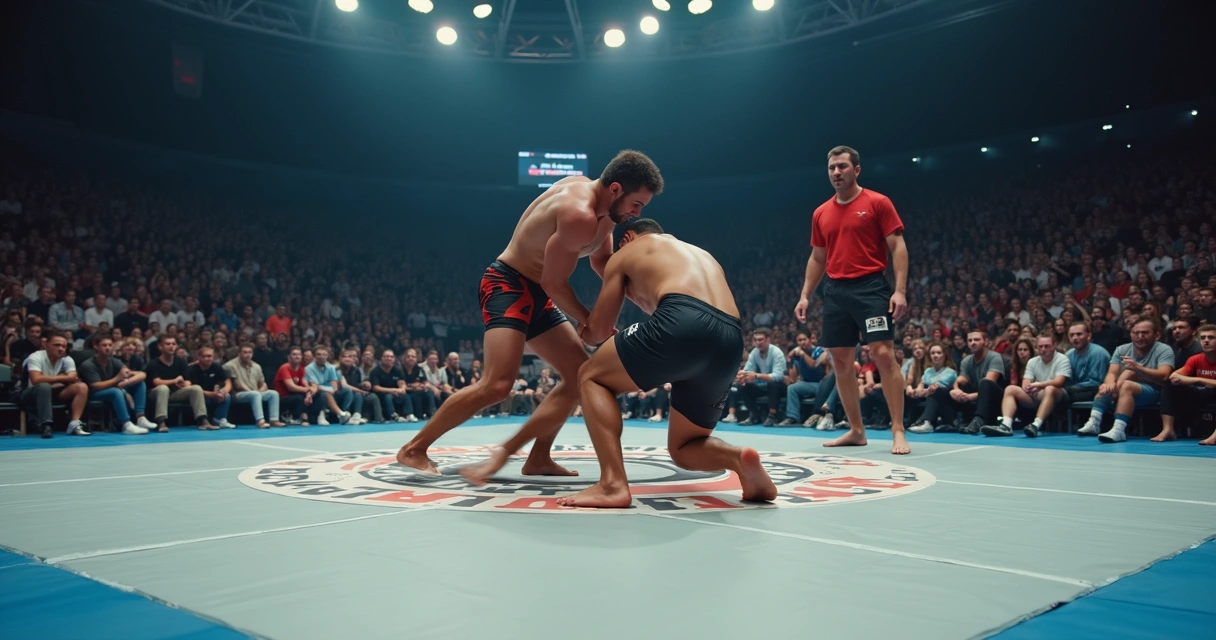
Key techniques in no-gi BJJ
- Single and double leg takedowns: Without lapels or pants to grab, classic wrestling entries shine. Keep your posture low, time your shot, and finish by driving through or circling.
- Body lock passes: Rather than relying on the opponent's sleeves, controlling the hips and chest leads to effective guard passing.
- Guillotines and front headlocks: Front headlocks often appear off failed takedowns; from there, guillotines, arm-in chokes, and even anaconda or darce chokes are available. The lack of fabric makes defending these harder.
- Rear naked choke: Since there's no collar, wrapping the arm around the neck and finishing the strangle is the major back take threat in no-gi.
- Leg locks: Straight ankle locks, heel hooks, and kneebars are all more common—protect your feet and understand entanglement escapes early.
For new practitioners, maintaining a personal database of learned techniques and their variations—like the system available in BJJ Notes—sharpen recall and help avoid repeating the same errors.
Training tips for the transition
- Mix it up: If you’re used to the Gi, practice switching back and forth. Your movement patterns will adapt faster.
- Drill hand fighting: Stand up and hand fight until you can reliably secure inside ties and break your opponent’s grips. This is the base of no-gi control.
- Focus on movement, not grips: Rather than locking onto an opponent, practice flowing from position to position, connecting attacks in sequence.
- Study wrestling fundamentals: Learn to shoot, sprawl, and defend takedowns—these carry extra weight in no-gi matches.
- Record and review: After class, jot down new positions or techniques—what worked, where you struggled, and what surprised you. BJJ Notes makes this kind of documentation second nature.
- Condition for the scramble: Add shuttle sprints, grip trainers, and bodyweight flows to your routine. Mimic the stops and starts of a frantic roll for real-world gains.
“Flow, then fight. Don’t just hold—move.”
Real-world value—MMA and self-defense
It’s no accident that many MMA champions train extensively without the Gi. On the street, opponents won’t hand you a collar, making the body-to-body control and escapes of no-gi especially practical. Many find that their ability to control posture, break grips, and move explosively, translates well beyond the mats.
Even outside the arena, knowing you can defend yourself or help someone safely can be empowering. No-gi BJJ isn’t just about sport—it's an investment in real-world capability.
Conclusion
Training no-gi BJJ hones unique grappling skills. You’ll learn to stay balanced on slippery mats, read body movement faster, and attack from everywhere. The shift in grips, controls, and pace injects fresh energy into any grappler’s journey. Platforms like BJJ Notes can help you organize and accelerate learning, track technical progress, and set new goals each step of the way.
Experience the next evolution in your Jiu-Jitsu journey. To truly organize your growth, keep logging those sessions, set actionable goals, and let platforms like BJJ Notes help you learn, adapt, and succeed.
Frequently Asked Questions
What is no-gi Brazilian Jiu-Jitsu?
No-gi Brazilian Jiu-Jitsu is a style of grappling where practitioners train without the traditional kimono (Gi). Instead, athletes wear rashguards and shorts or leggings, reducing grip options and making control reliant on holding the body, limbs, or head. Techniques often favor wrestling and fast movement since there's no fabric to slow down exchanges or anchor opponents.
How does no-gi differ from gi training?
The difference centers on attire and grip: in gi training, the kimono provides handles for controlling and submitting the opponent. In no-gi, these are gone. As a result, hand fighting, clinch control, and explosive movement become more important. Techniques such as leg locks, guillotines, and wrestling takedowns are emphasized. The pace is usually faster, with more scrambles and shifting positions.
What are the best no-gi techniques?
Effective no-gi techniques include single and double leg takedowns, body lock passes, guillotines, and rear naked chokes. Leg attacks—like heel hooks and straight ankle locks—feature heavily, especially since there's no Gi fabric to hinder leg entanglement. Mastery of hand fighting, underhooks, and positional transitions separates experienced practitioners in this format.
Is no-gi suitable for beginners?
Absolutely. Beginners often find no-gi accessible because of the familiar clothing and straightforward focus on controlling the body, rather than detailed grip work. Starting with no-gi can help new students develop agility, basic wrestling skills, and quick problem-solving. Many gyms recommend trying both formats to round out grappling fundamentals.
How can I improve my no-gi skills?
Regular practice, focused drilling on hand fighting and wrestling basics, and consistent sparring will build skill. Recording your lessons, noting what techniques work, and addressing repeated mistakes is a big help—an approach supported by tools like BJJ Notes. Supplement your training with conditioning routines focused on explosive movement, grip endurance, and flexibility, and you'll see tangible improvement.

